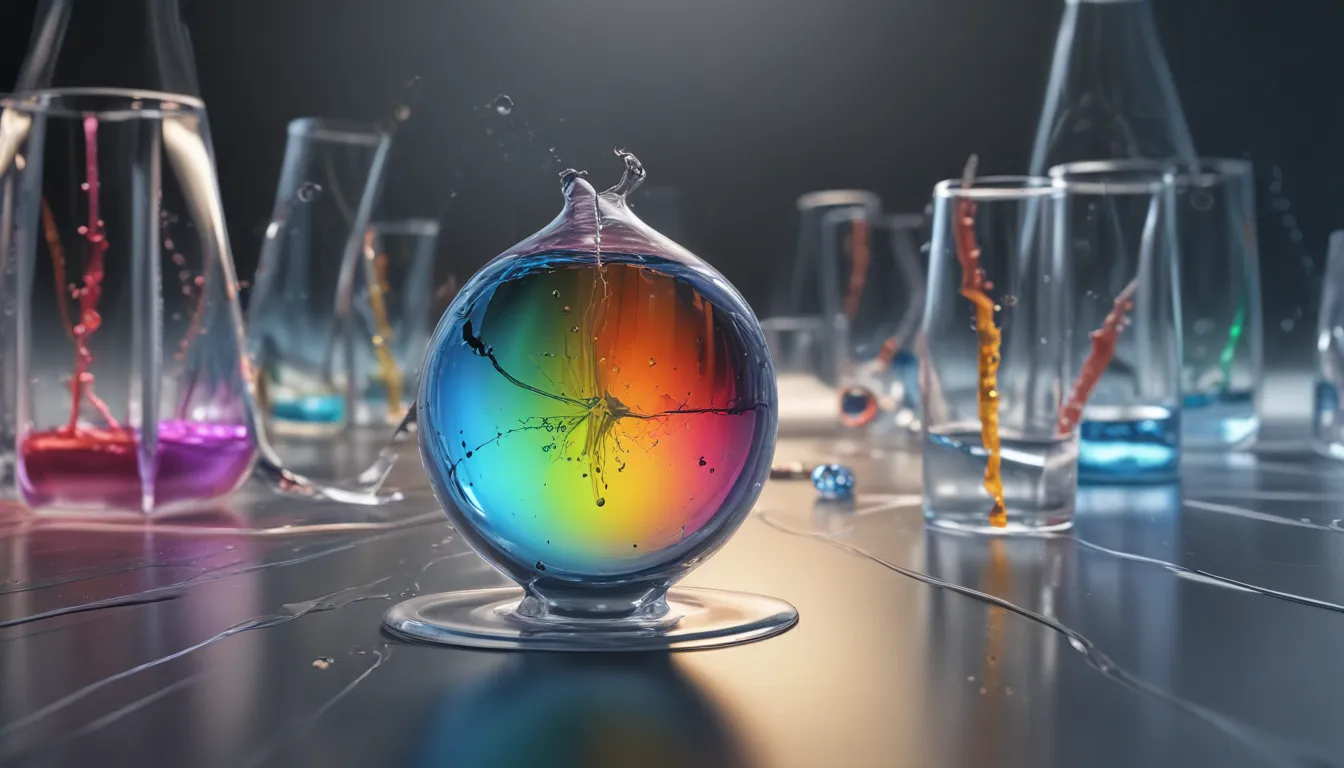A Note About Images: The images used in our articles are for illustration purposes only and may not exactly match the content. They are meant to engage readers, but the text should be relied upon for accurate information.
Welcome to the captivating world of Snell’s Law of Refraction, where light waves bend and change direction as they pass through different materials. Named after the Dutch mathematician Willebrord Snell, this fundamental principle in physics explains the behavior of light when it encounters boundaries between two media. In this article, we will explore 13 intriguing facts about Snell’s Law of Refraction, shedding light on its historical significance, mathematical formulas, real-world applications, and more. Join us on this educational journey as we uncover the secrets behind this fascinating phenomenon and its impact on the world around us.
Understanding Snell’s Law of Refraction
-
Named after Willebrord Snell: Snell’s Law of Refraction, also known as the Snell-Descartes Law, was first formulated by Dutch mathematician Willebrord Snell in 1621. It describes how the angles of incidence and refraction are related when light passes through different mediums.
-
Explaining Bending of Light: By understanding Snell’s Law, we can explain why objects appear distorted when viewed through water or why a straw placed in a glass of water looks bent. This bending of light occurs as it changes speed and direction when moving from one medium to another.
-
Mathematical Formula: The mathematical representation of Snell’s Law is n1sin(?1) = n2sin(?2), where n1 and n2 are the refractive indices of the two media, and ?1 and ?2 are the angles of incidence and refraction, respectively. This formula helps scientists predict the angle at which light will bend when transitioning between materials.
Applications and Implications of Snell’s Law
-
Applicability to All Waves: While commonly associated with light waves, Snell’s Law is a general principle that applies to various types of waves, including sound waves, water waves, and seismic waves. It provides a framework for understanding how waves behave when passing through different mediums.
-
Role of Refractive Index: The refractive index of a medium determines the speed of light within that medium. By measuring the refractive index, scientists can predict the angle of refraction according to Snell’s Law. This property is essential for designing optical devices like lenses and prisms.
-
Impact on Optical Devices: The knowledge of Snell’s Law has paved the way for the development of optical devices such as lenses, prisms, and optical fibers. These devices are integral components of technologies like cameras, microscopes, and telecommunication systems, showcasing the practical applications of this fundamental law.
Further Insights into Snell’s Law
-
Critical Angle for Total Internal Reflection: Snell’s Law can be used to determine the critical angle for total internal reflection, where light undergoes reflection rather than refraction at a certain angle of incidence. This phenomenon has implications in fiber optics and other light-based technologies.
-
Conservation of Energy: Snell’s Law upholds the principle of energy conservation, ensuring that the energy carried by light waves remains constant during refraction. This fundamental principle governs the behavior of light when interacting with different mediums.
-
Derivation from Fermat’s Principle: Snell’s Law is derived from Fermat’s principle of least time, which states that light takes the path requiring the least time to travel between two points. Understanding this derivation provides insights into how light behaves in different media.
Exploring Real-World Applications of Snell’s Law
-
Composition Analysis: Scientists can apply Snell’s Law to study the composition of unknown materials by analyzing how light behaves as it passes through them. This approach helps researchers determine the refractive index of a material, offering valuable insights into its properties.
-
Non-Planar Interfaces: While commonly applied to planar interfaces, Snell’s Law holds true for curved surfaces as well, provided the appropriate angles of incidence and refraction are considered. This versatility allows for the study of wave behavior in various settings.
-
Visible Light Phenomena: Snell’s Law explains observable phenomena such as why objects underwater appear closer than they actually are when viewed from the surface. This distortion in perception is a result of light bending according to the principles outlined in Snell’s Law.
Conclusion: Embracing the Marvels of Snell’s Law
In conclusion, Snell’s Law of Refraction stands as a cornerstone of our understanding of how light waves interact with different materials. From explaining everyday optical illusions to guiding the design of cutting-edge optical technologies, this fundamental principle continues to shape our knowledge of the natural world. By delving into the captivating facts surrounding Snell’s Law of Refraction, we embark on a journey of discovery and appreciation for the intricate workings of light and wave behavior.
As we unravel the secrets behind Snell’s Law of Refraction, we open doors to new possibilities and applications in various scientific disciplines. Let us continue to explore, learn, and marvel at the wonders of physics, illuminated by the principles of Snell’s Law.
Was this page helpful? Join us in our commitment to delivering engaging and trustworthy content that enriches your learning experience. Each fact presented is the result of contributions from real users like you, ensuring a diverse and authentic exploration of knowledge. Trust in our dedication to accuracy and reliability as we journey together through the fascinating world of science and discovery.






